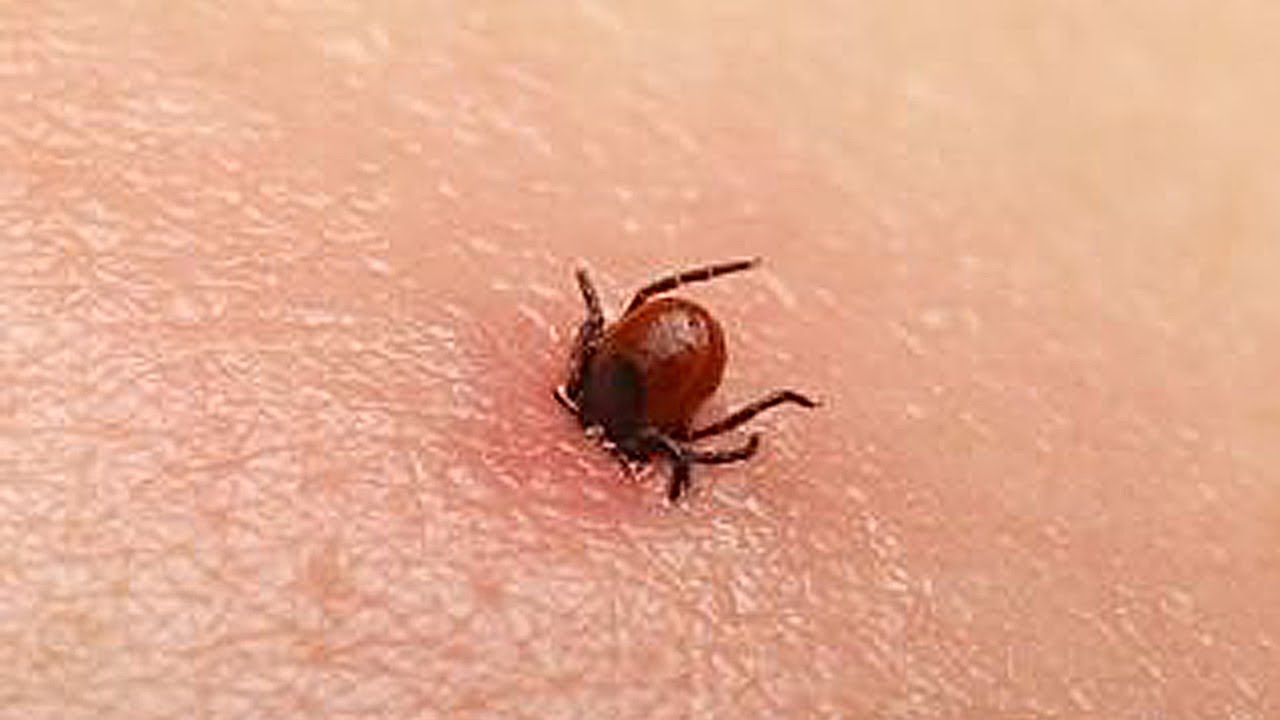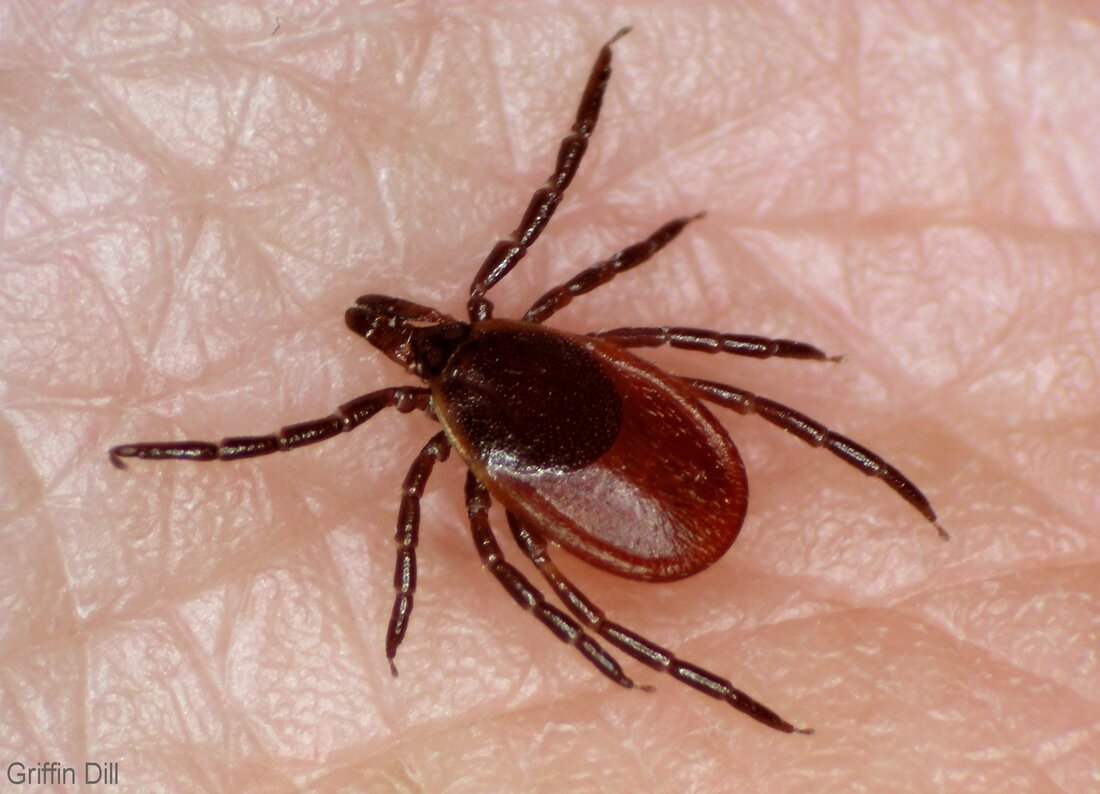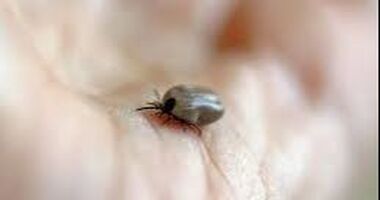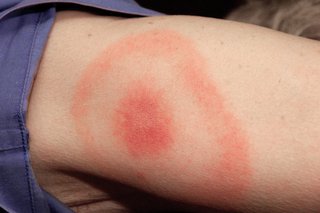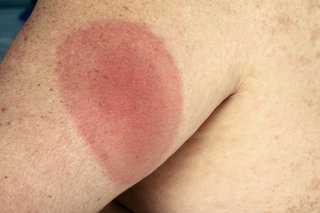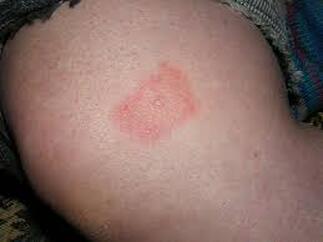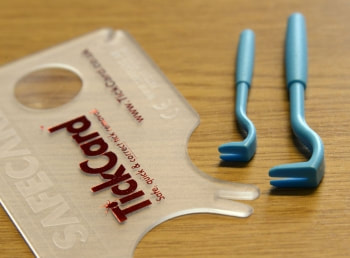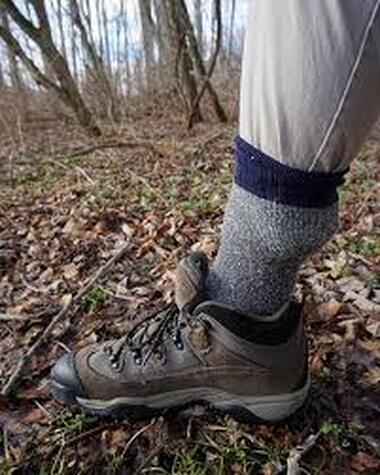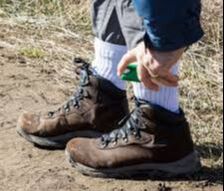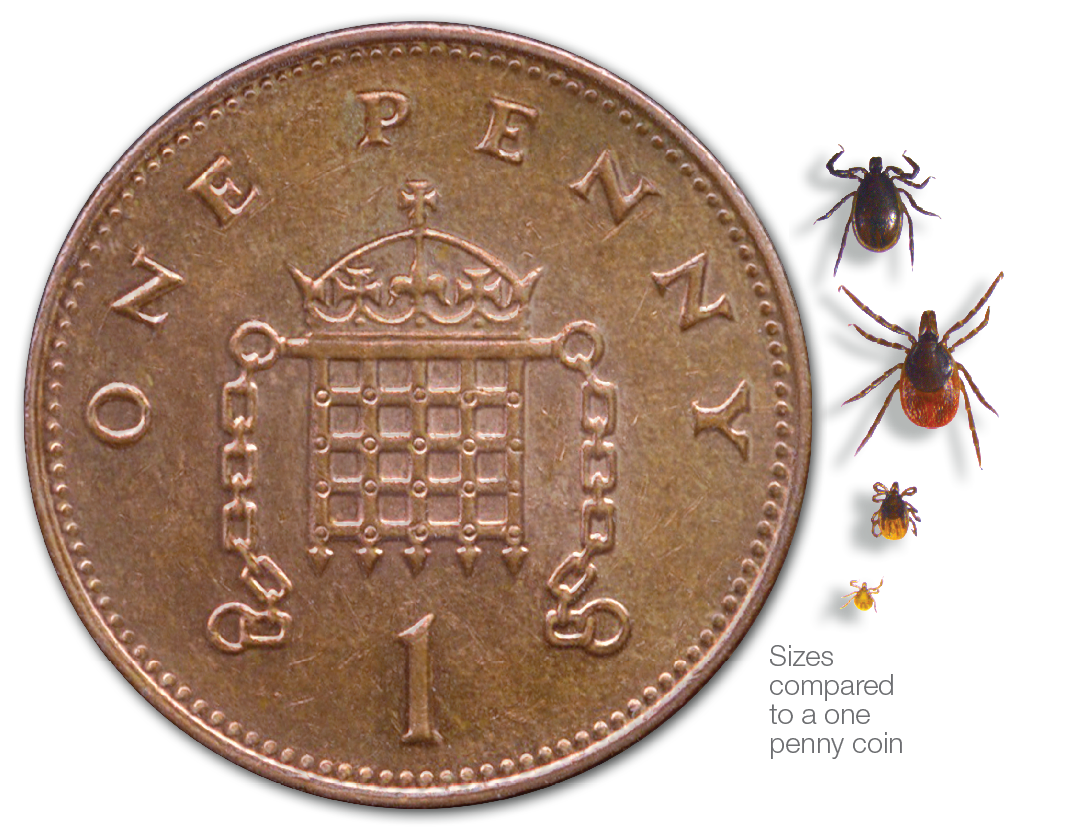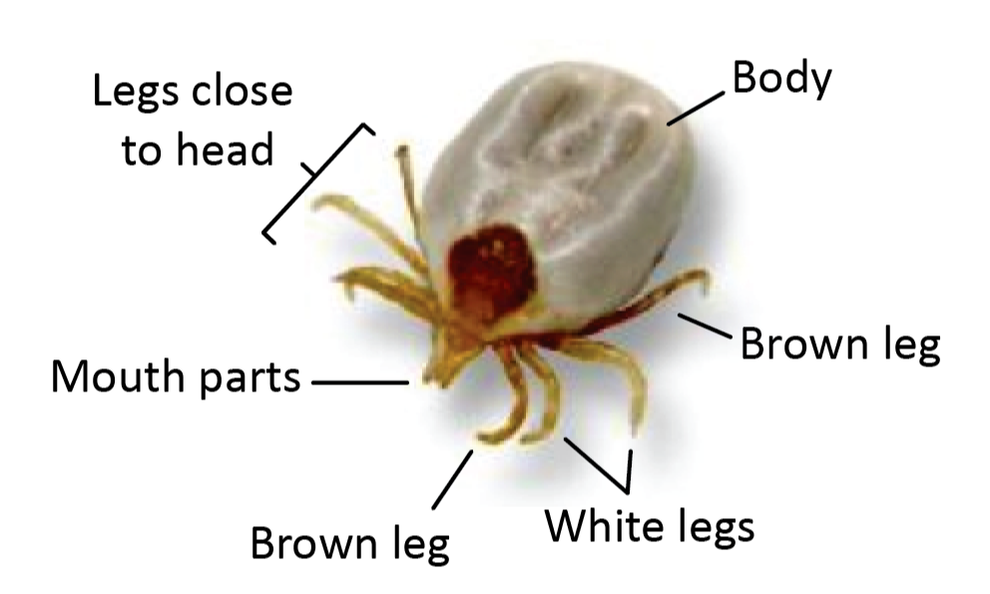Tick awareness: Lyme Disease prevention
Please be tick aware when you are walking in long grass or going through bushes. Some ticks – not all – can carry Lyme disease, some can cause Meningitis and other severe illnesses. No need to panic - you still can enjoy the outdoors with some precautions. And infected ticks are still rather rare. However, Southern England is a tick hot spot by now, and ticks do move closer to urban areas (around London, there have been sightings in several parks and wooded areas, such as Richmond Park, Gunnersbury Park, Chiswick House, Boston Manor, Blondin Park etc.).
If you develop the typical Lyme disease rash after a tick bite (see photos below), go see your GP. You will need to take a blood test - and probably again after 6 weeks. You may need to take antibiotics for 2-3 weeks. If you go to see your GP, make sure they are well informed. As ticks have not been a big problem in the Southern parts of England so far, many doctors may not have encountered tick disease patients before. Please note:
|
Disclaimer:
The information on this page is not complete and there may be more up-to-date research findings.
The information does not replace your seeing a doctor or seeking expert advice.
You can also inform yourself on the NHS or government website - resources are below.
The information on this page is not complete and there may be more up-to-date research findings.
The information does not replace your seeing a doctor or seeking expert advice.
You can also inform yourself on the NHS or government website - resources are below.
Typical Lyme Disease rash
NOTE: You may have a tick-born disease / Lyme disease without this rash. It does not show in all cases. However; If you see it - you are likely to have Lyme disease (can be treated - see a doctor!)
Lyme Disease symptoms
Lyme disease can remain dormant for weeks, months or even years. When symptoms do eventually develop, they can be severe, and patients often need aggressive treatment. Intravenous treatment is often required to treat late-stage infection. Late-stage treatment can last many months as seen in other infections as well. |
Tick in your skin: What to do
If you find a tick in your skin:
|
How to prevent tick bites
|
Tick Awareness Resources
NHS information on Lyme Disease and ticks
https://www.nhs.uk/conditions/lyme-disease/ NHS information on TBE - another tick related disease: Not found in the UK yet, but in most of Europe and Asia. There is a vaccine for it if you travel/camp/hike in these areas. https://www.nhs.uk/conditions/tick-borne-encephalitis On this site. You can download Leaflet, Posters, etc. for Tick awareness (for your school, scouts, walking group) www.gov.uk/government/publications/tick-bite-risks-and-prevention-of-lyme-disease Online teaching resources for schools https://www.tes.com/teaching-resource/tricky-ticks-11862982 Guardian article on tick bites: they point out here that not all Lyme Disease ticks create the typical rash) https://www.theguardian.com/lifeandstyle/2017/aug/22/bitten-tick-prevention-symptoms-treatment-lyme-disease |
Helpful Videos
Good medical and preventative information. This video is quite long. Go to 4'50'' for tick removal demonstration.
A deep look: How ticks can jump on you and how they bite. Beautiful nature - but maybe not for the faint-hearted.
The video below is from John Hopkins university - rather geared to the USA, but interesting. Talks about creating a tick-free zone around your house with a barrier of bark cuttings if you live near the woods. Clear-cut lawns may go a bit out of fashion with the rewilding movement in the UK, but if you have small kids playing around the house and live very close to the woods, it might make sense. It also says that ticks get Lyme Disease bacteria from mice.
